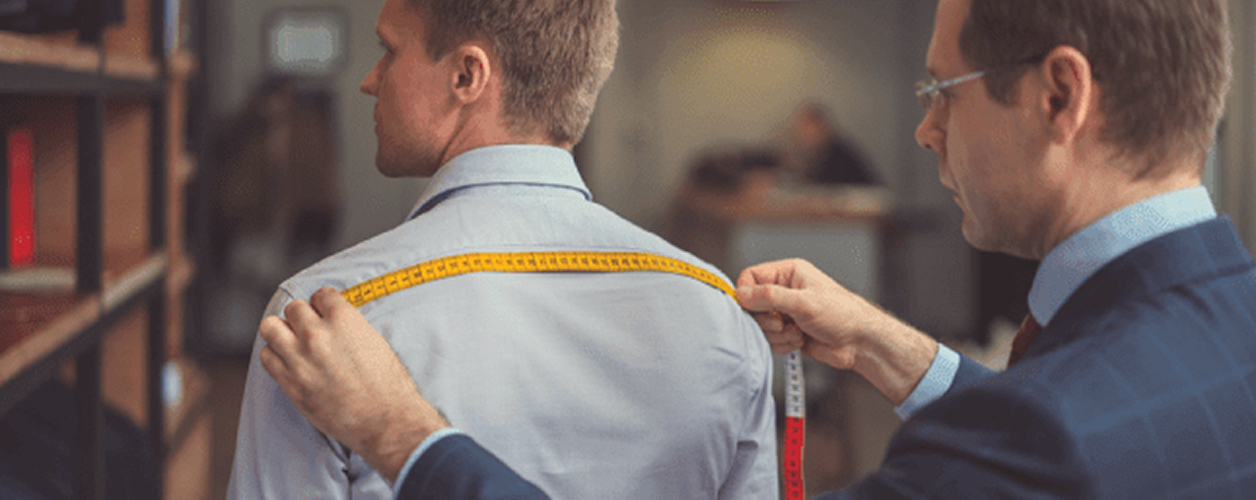Are your trousers too long, too loose, or just not fitting right? Don't worry, because altering trousers is easier than you might think. No need to be a sewing expert – anyone can do it! Finding pants that fit well can be tricky. Even if they're your size, store-bought pants may not fit just right. The good news is you can change that! You can adjust the waist, narrow the pant legs, or shorten them. If you need to fix the crotch area, just work on the pattern. Doing it yourself is easier, cheaper, and quicker than taking them to a tailor. In this blog, we'll show you some simple steps to make your pants fit perfectly. So, go for Trouser Alterations and enjoy pants that fit you perfectly!
Is It Easy to Alter Trousers?
Yes, altering trousers can be a straightforward task with a bit of know-how. Common adjustments include resizing the waist, taking in or letting out the pant legs, and hemming to achieve the desired length. If you need to modify the crotch fit, it's recommended to make alterations on the pattern before cutting the fabric. DIY alterations are often a more cost-effective and quicker solution compared to professional tailoring. With some basic sewing skills and attention to detail, you can easily customize your trousers to fit perfectly.
Materials You Need for Trouser Alterations
To make your pants smaller, you'll require:
- A seam ripper
- Fabric scissors
- Pins
- Tailor's chalk
- A sewing machine (or sewing by hand)
- Measuring tape
Tailoring Your Pants: Simple Steps for a Better Fit
Altering Pant Size
- Assess and Decide: Flip your pants inside out and figure out how much fabric you want to remove. While wearing the inside-out pants, pinch the extra fabric along the inseam of the pants. For a more drastic change, consider taking out extra fabric from the pant leg hemline instead of the inner thigh.
- Marking the New Seam: Keep the pants inside out and continue pinching the excess fabric. Use tailor's chalk to draw a new seam line, ensuring to mark the inside seam of the other pant leg as well. It's easier if someone else helps mark the pants for you.
- Unstitching the Hem: Use a seam ripper to remove about 3 inches of stitches from both pant leg hemlines where they meet the inseam.
- Sewing Along the Guideline: Take the pants to your sewing machine and use a straight stitch, starting near the crotch and sewing along the tailor's chalk line. Repeat for the other pant leg. Remember to remove any pins if you used them to mark the pants.
- Trimming Excess Fabric: With sharp scissors, cut the excess fabric from the inside of the pant legs, leaving around 1/2 inch of allowance to avoid accidentally cutting into the inseam.
- Sewing the Hemline: Fold the ripped hemline so it lines up with the rest of the pant leg and use a sewing machine to straight stitch it closed. Repeat for the other pant leg. For a more polished look, iron the new inseam and hemline.
Hemming Your Pants
- Determining the Hemline: Wear the pants with the shoes you intend to wear with them and use tailor's chalk to mark where you want the hemline to fall. For more accuracy, have a friend mark the hemline for you.
- Measuring Fabric to Remove: Fold the pants in half and measure from the current hem to the mark using a measuring tape. This will tell you how much fabric you need to remove when hemming the legs.
- Pinning and Marking the Fold Line: Use sewing pins to hold the pants in place near the thighs while you mark a straight line with the tailor's chalk around the pant leg, indicating the new hemline. Don't forget to mark the fold line for the pant leg beneath the top one.
- Marking the Cutting Line: Decide how much space you want to leave between the fold and cutting lines. Make a horizontal cutting line below the fold line. If unsure, measure the distance between the original hemline and the bottom of the pants to determine how much space to leave.
- Cutting Along the Cutting Line: Use sharp scissors to carefully cut along the marked cutting line. Remove any pins from the pant legs.
- Folding and Stitching the Hemline: Fold the pant leg along the fold line and use a sewing machine to straight stitch across the folded pant leg, creating the new hemline. You can fold and pin the pant leg first, or fold and sew simultaneously. If using pins, be cautious not to sew over them.
- Ironing the New Hemline: Fold the pants in half, stack the seams, and use a hot iron to press the hemline, removing wrinkles and tailor's chalk marks.
Adjusting the Crotch on a Pattern
- Testing with a Mock-up: To avoid wasting quality fabric, create a muslin mock-up of the pants and wear it with an elastic band at the waist. The mock-up helps you visualize the fabric fit in the crotch area.
- Taking In Excess Fabric: If the crotch hangs too low, pinch the excess fabric with your fingers and insert sewing pins to make the crotch shorter. Adjust the pins until it feels comfortable. Usually, only a small adjustment, around 1/2 inch, is needed.
- Adding Extra Fabric if Necessary: If the crotch is too tight, cut the front seam from the waist down and insert a piece of muslin to provide more fabric. Pin the adjusted crotch for comfort.
- Measuring the New Crotch: Measure the adjusted crotch length on the mock-up pants.
- Creating a Hinge Line: Cut a horizontal line, leaving a 1/8-inch hinge, on your pattern.
- Adjusting the Pattern Piece: To lengthen or shorten the crotch, move the hinged pattern piece as needed and tape pattern paper to fill gaps. For example, overlap the hinged pattern piece by 1/4 inch or fill a 1/2-inch gap with pattern paper.
With these steps, you can confidently tailor your trousers to perfection. Trouser Alterations offers a cost-effective and customized solution for achieving the perfect fit in your pants. Modifying your pants is a practical way to achieve a better fit without breaking the bank. Whether you're altering the size or hemming the pants, these straightforward steps make it easy to tailor your clothing to your liking.












